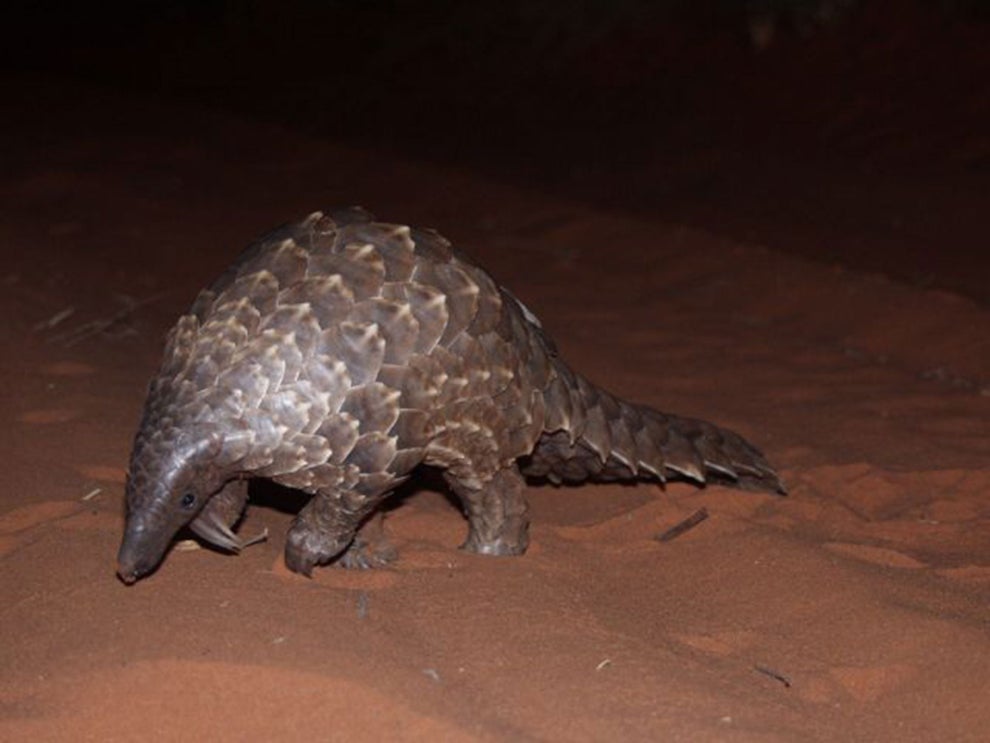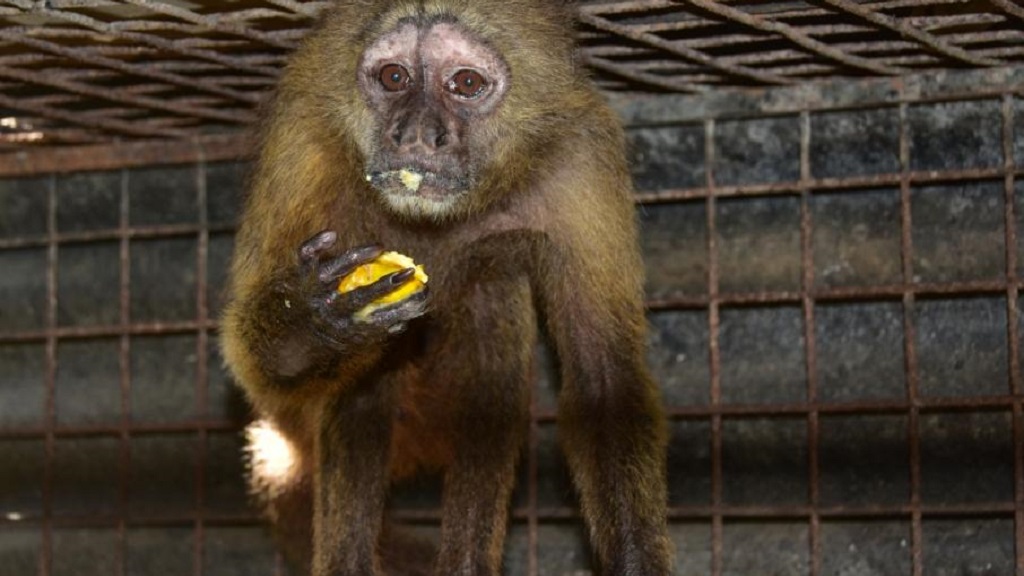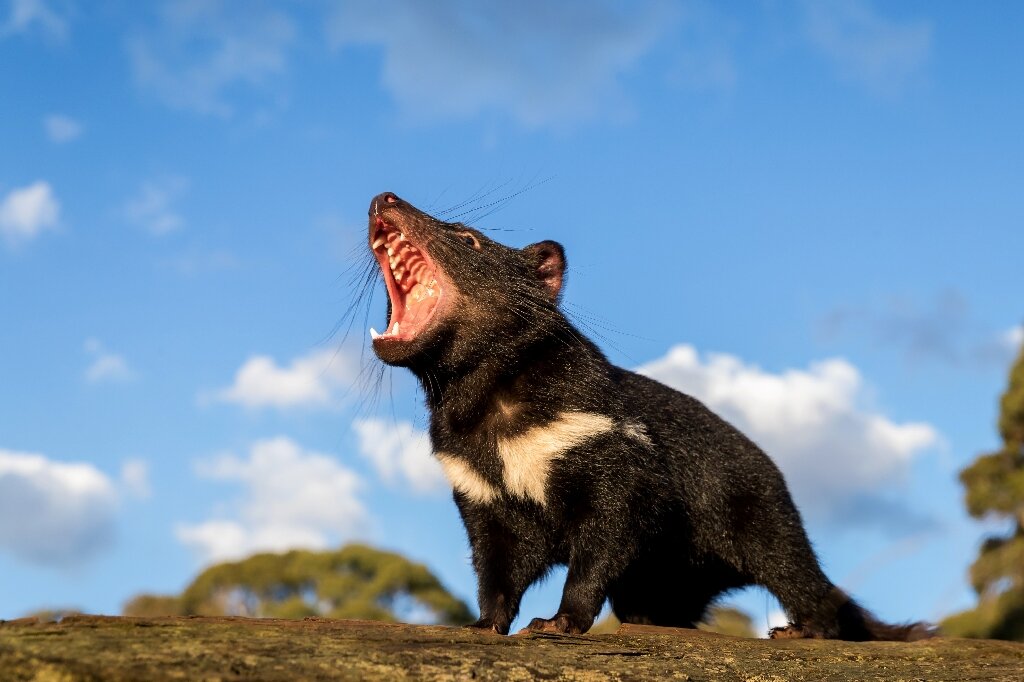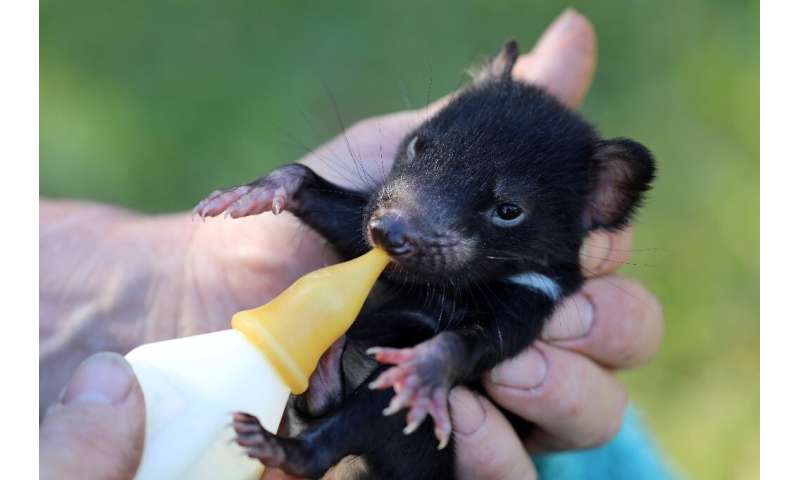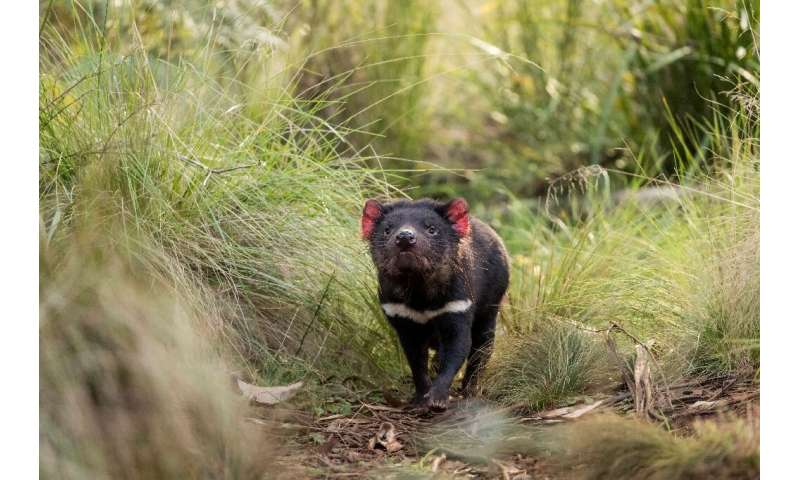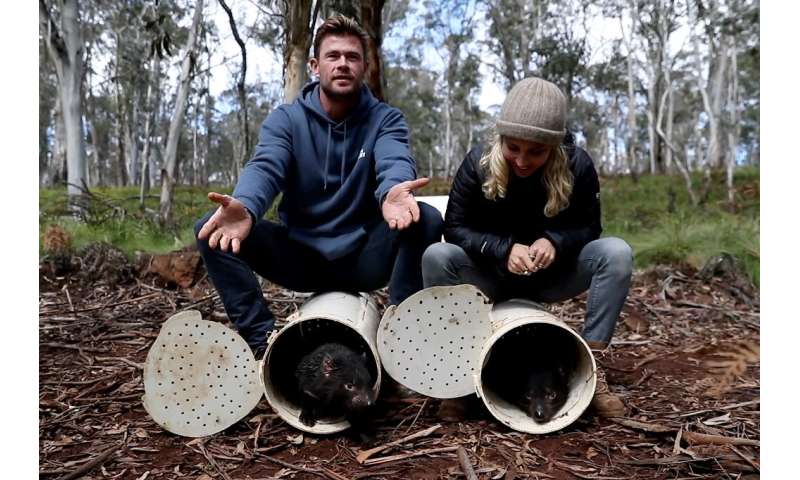 |
| A black wolf captured on camera in Oregon in 2017. |
The Trump administration recently announced that gray wolves will no longer be federally protected under the Endangered Species Act in the lower 48 states. This long-foreseen move has attracted both praise and criticism. Federal wildlife officials called the move a success story, similar to the ones involving the bald eagle and American alligator. Critics addressed the view as premature and have already promised to take legal action. According to Kristen Boyles, an attorney for Earthjustice, the wolves are only beginning to get a foothold in places such as northern California and the Pacific Northwest. She further added that they need to be federally protected to seek habitat in the southern Rocky Mountains and the Northeast. Other critics called the move as another environmental attack by the Trump administration, which has reduced several other environmental protections. These include protections of endangered species and migratory birds.
 |
| A pair of wolves feeding on a white-tailed deer. |
From what I have seen and heard over the years, the issue of gray wolves in U.S is a very complicated matter that has pitted both wildlife and conservation groups and federal officials at odds with each other for a long time. Since 2013, the Obama administration proclaimed delisting the wolves stating that the animals' numbers have grown to the extent that they are no longer at risk of extinction. It further added that the wolves should be managed by state and tribal governments. Two years ago, wolves were delisted in Wyoming and Idaho due to constant pressure by sportsmen and agricultural groups. Consequent lawsuits saw the animals get delisted, relisted, and again delisted in Wyoming. Nowadays, wolf populations are managed by state wildlife agencies in Wyoming, Montana, and Idaho, and hunting them is allowed. Similar hunting seasons are anticipated in some states in the Midwest if the national delisting survives the court challenges.
 |
| Wolfpack preying on a bison. |
I feel that the future for gray wolves in the U.S is very bleak without any hope with these ongoing court battles between wildlife groups and federal officials. These animals are deliberately being prevented from repopulating other parts of the country with hunting seasons. How can an animal that once disappeared from parts of the country where it once flourished not be welcomed back? Is this called conservation? Should wolves should be kept in certain places, preferably protected areas without human intervention, and elsewhere they should be treated like common vermin? I strongly disagree with that. These animals are crucial for the health of ecosystems throughout the U.S and Canada. I strongly urge that non-lethal measurements be implemented to prevent wolves from preying on livestock. This includes providing ranchers with livestock guardian dogs to protect their cattle, sheep, and other animals. Just shooting wolves in cold blood will not make a difference, especially if the intended targets unintentionally turn out to be alpha leaders. In the wolf society, when alpha members die, the whole pack would be in disarray. Without alpha leaders to maintain order, subordinate members would recklessly go out in search for food on ranches risking the wrath of concerned ranchers. At the same time, the ranchers would suffer livestock losses while protecting them. This is why I believe that wolves should be kept as endangered species in the U.S until they inhabit more of their historical range.
